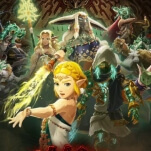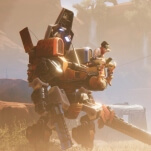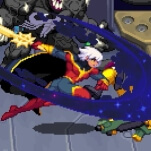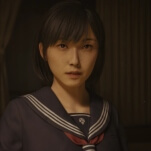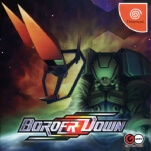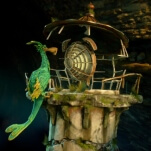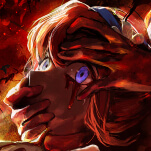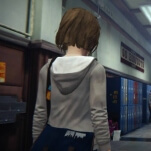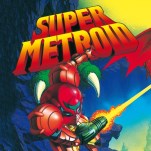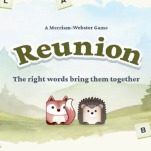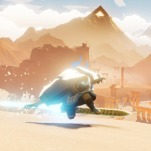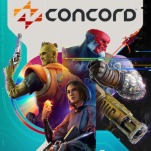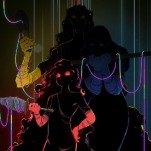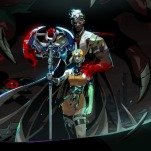Could Silksong Ever Live Up to the Hype?
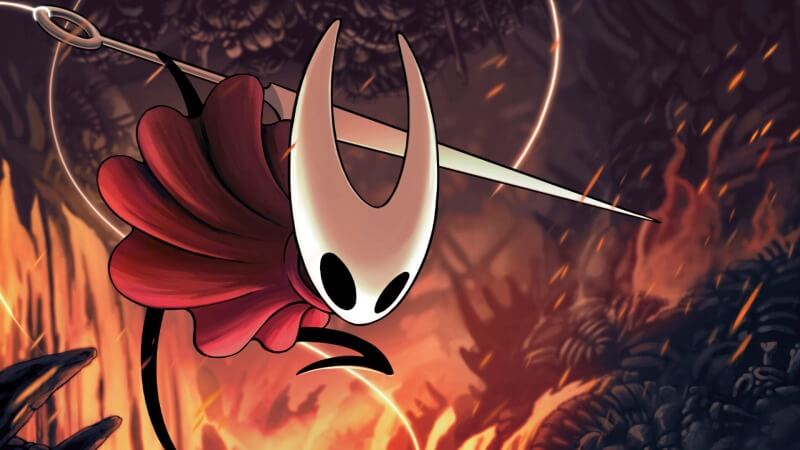
Hollow Knight wants you to take your time. The act of navigating Hallownest, the kingdom where the story takes place, is proof of this. Whenever you enter a new area, you have to follow a series of steps to actually map it. First, you must find Cornifer, the cartographer, to purchase an incomplete area map. Then, after traversing through it on foot, you need to rest on a bench, and the protagonist will scribble down their findings using a quill. Only then are you able to visualize the area on your in-game map. But the display isn’t thorough—if you want to make mental notes of locked doors or unaccessible paths, for example, you have to manually place pins to remind your future self.
It’s a game that invites and embraces patience. In a way, it’s the exact philosophy that developer Team Cherry has followed throughout the seven years that it’s taken to work on the sequel, Hollow Knight: Silksong, which is releasing on September 4. And it’s the exact opposite sentiment from the fans of the first game, who haven’t just lavished praise upon the studio’s craft, but also turned the seven-year-long wait into a memeified obsession.
In an interview with Bloomberg, when asked about why development has taken this long, Team Cherry co-founders Ari Gibson and William Pellen said that they’ve simply been having fun (1). “It was never stuck or anything,” Gibson told Bloomberg. “It was always progressing. It’s just the case that we’re a small team, and games take a lot of time. There wasn’t any big controversial moment behind it.”
Hollow Knight came out in 2017, and Silksong was announced two years later. While working on DLCs, Team Cherry began experimenting with a playable version of Hornet, one of the game’s prominent characters. Iteration and ideation extended the initial scope, and the developer announced that it’d become a separate game instead. There were a few more blog updates on the official site, but for the past six years, Team Cherry remained largely silent. Silksong has been featured in a number of game showcases since, with vague release windows and gameplay snippets. As Pellen said in the interview, “Instead of popping up and bugging people for the sake of it, it felt like our actual responsibility was just to work on the game. Probably at the time we thought we’d go quiet for a year or two, then the game would come out.”
By today’s standards, seven years doesn’t sound like a long development time. Sure, these cycles are usually highlighted in the news more often through the lens of AAA development, but there’s no shortage of stories about small teams that worked on games for a decade or more. Team Cherry is still fairly small, with only three main developers, contractors, and a composer. The key difference is the colossal success of the first game, which had sold 2.8 million copies by 2019, and has since surpassed 15 million total sales. Essentially, Team Cherry has had the privilege to take its time with the game at its own pace, a luxury that not many studios have.
Fans, however, have been the opposite of patient. The rise of popularity around Hollow Knight, as well as the tantalizing prospect of Silksong, led to people on the internet (2) creating a cult following that progressively became—at least for those who are terminally online—an industry-wide meme around basically every game conference, with people photoshopping a picture of the Hollow Knight protagonist dressed as a clown and passing it around after being disappointed that there were no news of Silksong.
Yesterday, over 330,000 people watched the trailer’s premiere live, myself included, on a Thursday morning. By the time I’m writing this, the video has over 3.3 million views. Funnily enough, it wasn’t part of any showcase, but Team Cherry’s own YouTube channel instead. Speculation about a release date announcement seemed imminent at the start of the week when industry figure Geoff Keighley capitalized on the clown meme days before hosting Gamescom Opening Night Live, which was followed by Team Cherry announcing yesterday’s broadcast.
-

-

-

-

-

-

-

-

-

-

-

-

-

-

-

-

-

-

-

-

-

-

-

-

-

-

-

-

-

-

-

-

-

-

-

-

-

-

-

-

